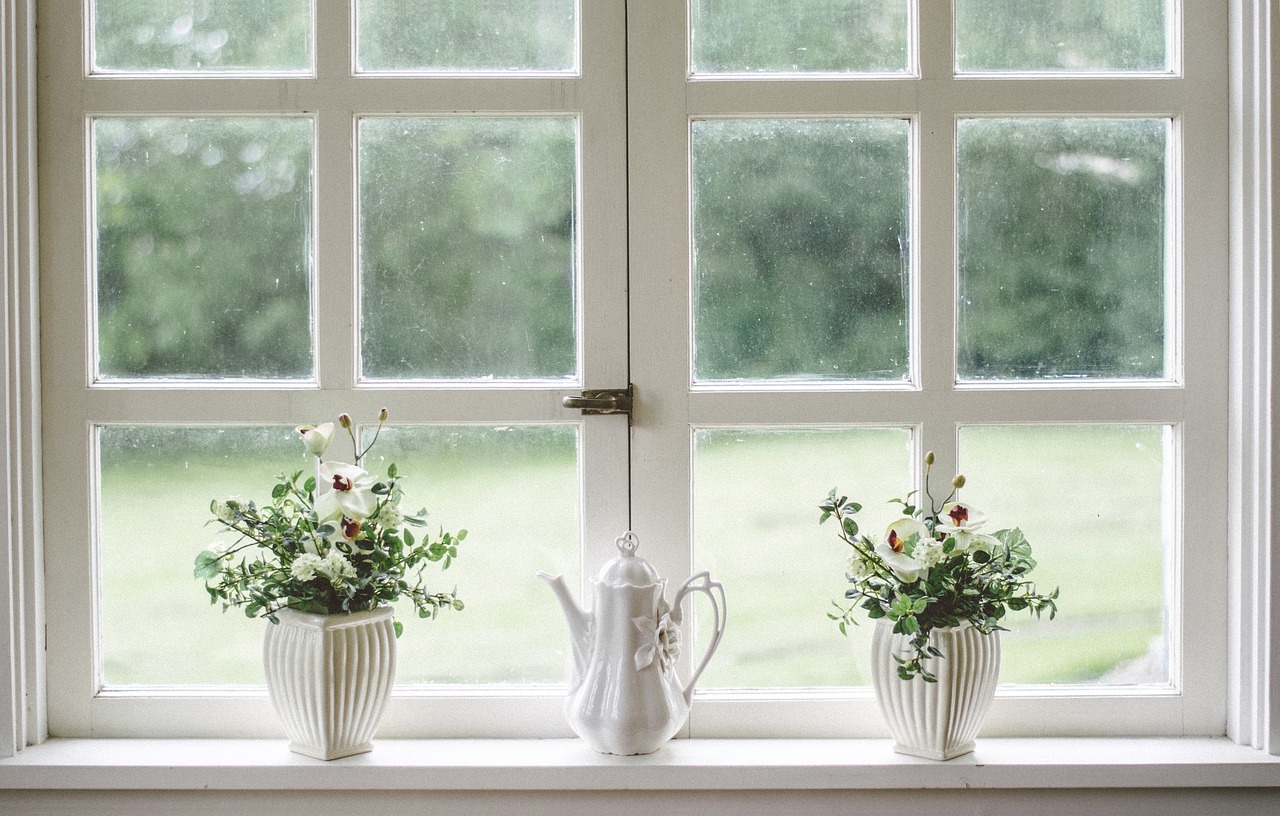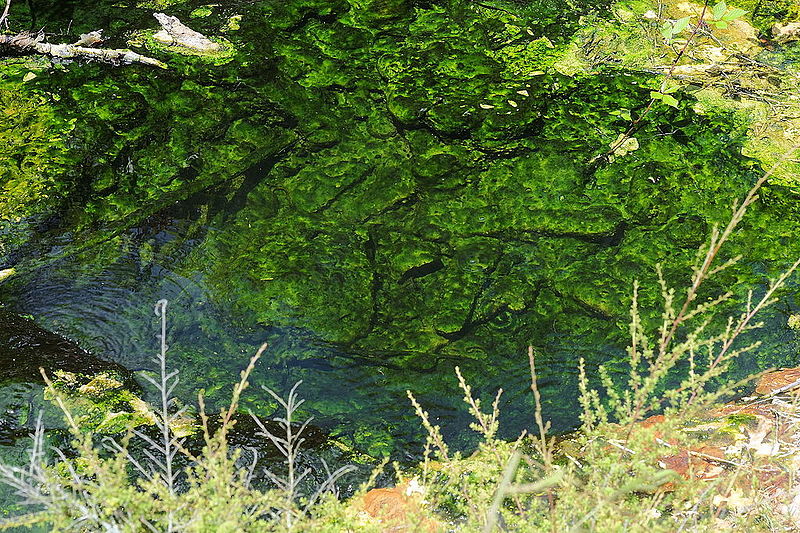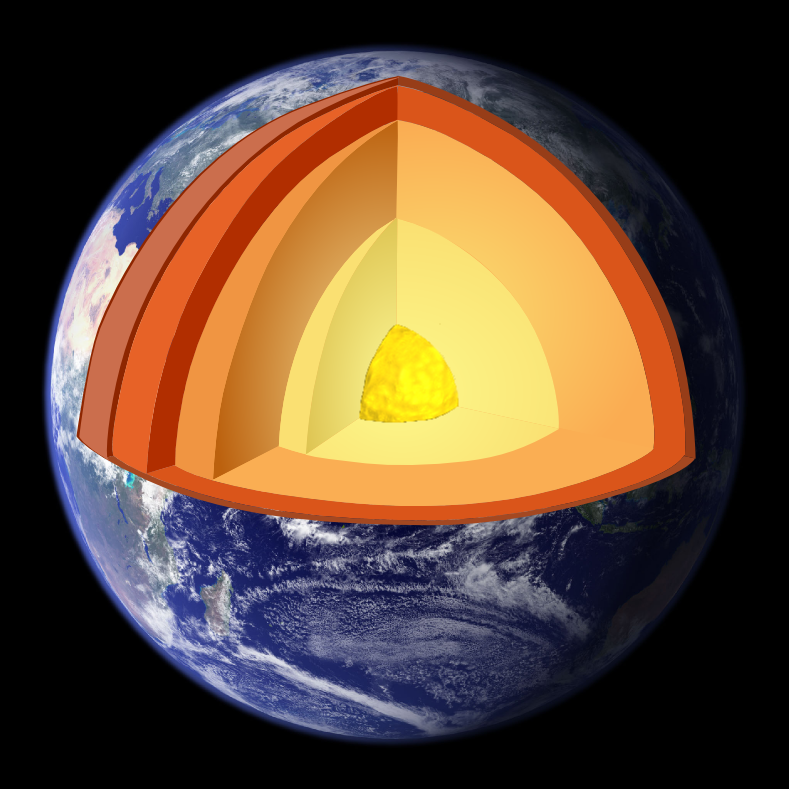Windows serve as fundamental components for admitting both light and heat into a space. However, there are times when you may want to manage these elements independently. Recently, a team of engineers at North Carolina State University (NCSU) pioneered an innovative material that enables windows to seamlessly transition between three distinct modes.
These dynamic windows can transition between three modes. First, a normal transparent mode that lets in both light and heat. Next, a heat-blocking mode that preserves light transparency while preventing heat from entering. Finally, a tinted mode that selectively blocks some light without affecting heat, ensuring comfort throughout the seasons.
The Science Behind Dynamic Windows
At the heart of this innovation lies tungsten oxide, a crucial material in electrochromic windows. It starts transparent but darkens and blocks light when subjected to an electrical signal, allowing for on-demand window tinting.
In their recent research, the scientists at NCSU uncovered an intriguing new capability. By integrating water, tungsten oxide undergoes a transformation into tungsten oxide hydrate. When incorporated into electrochromic windows, this transformation provides them with an extra mode.
Year-Round Comfort: Adapting Windows to Your Needs
In its deactivated state, the material remains transparent to light and heat, suitable for maximizing both during cold winters. When electrons and lithium ions are introduced, it enters a phase where it blocks infrared light (felt as heat) while staying transparent to visible light. With more electrons, it transitions into a dark phase, blocking both visible and infrared light, making it ideal for summer.
Dynamic windows with multiple modes are uncommon and typically require bulkier setups. However, in this instance, using a single material should maintain glass thickness and energy requirements at levels comparable to traditional tungsten oxide windows.







